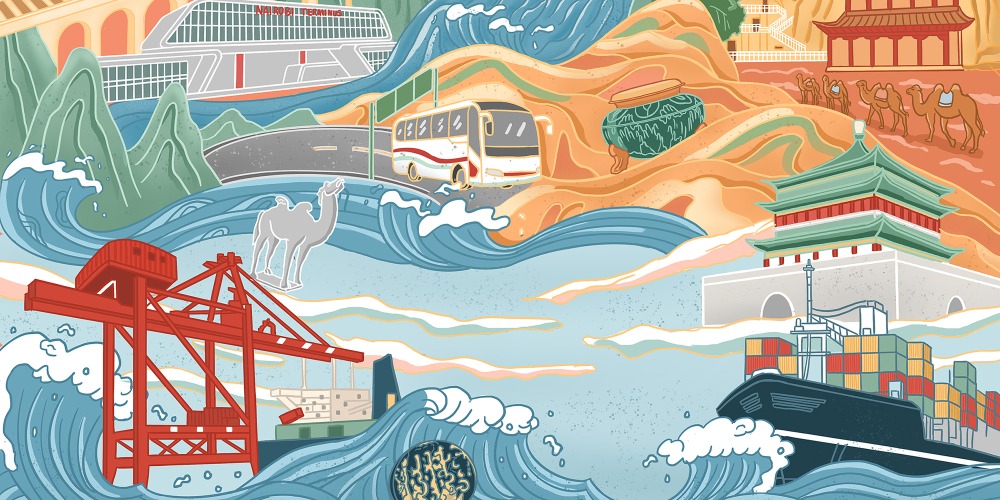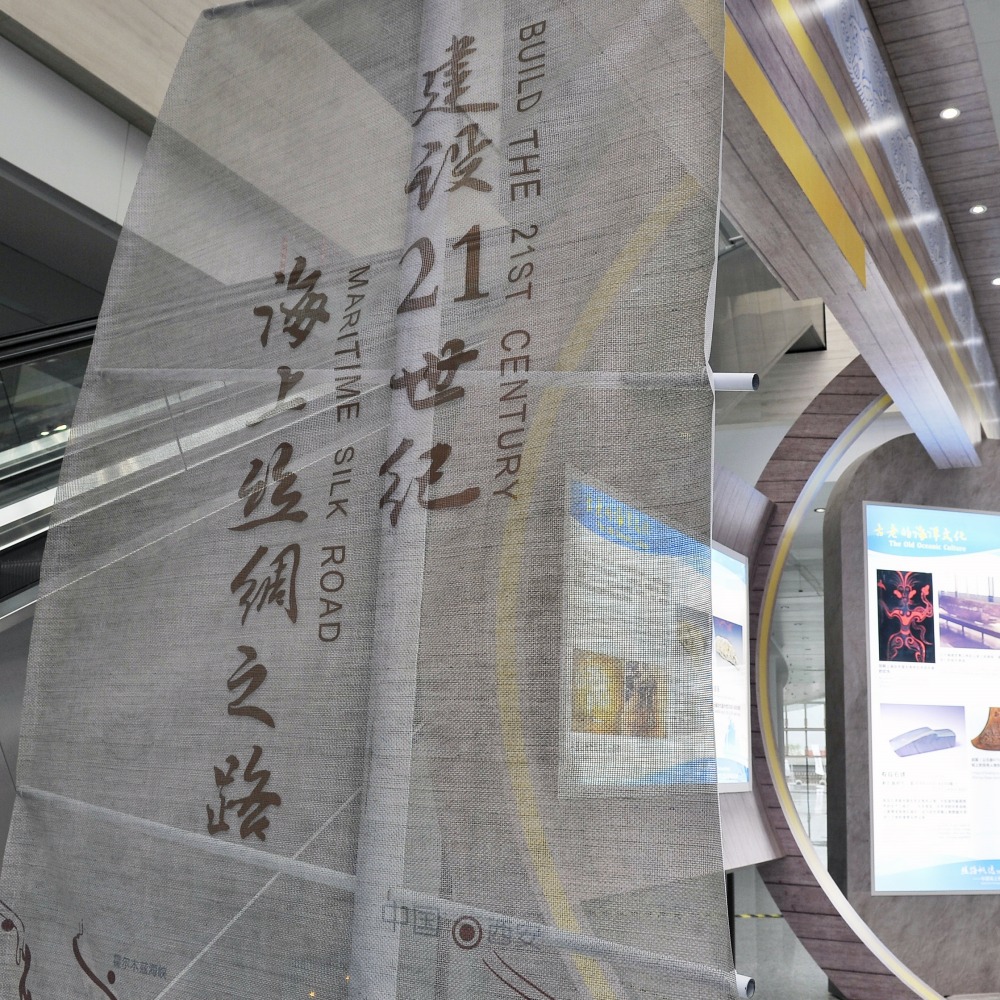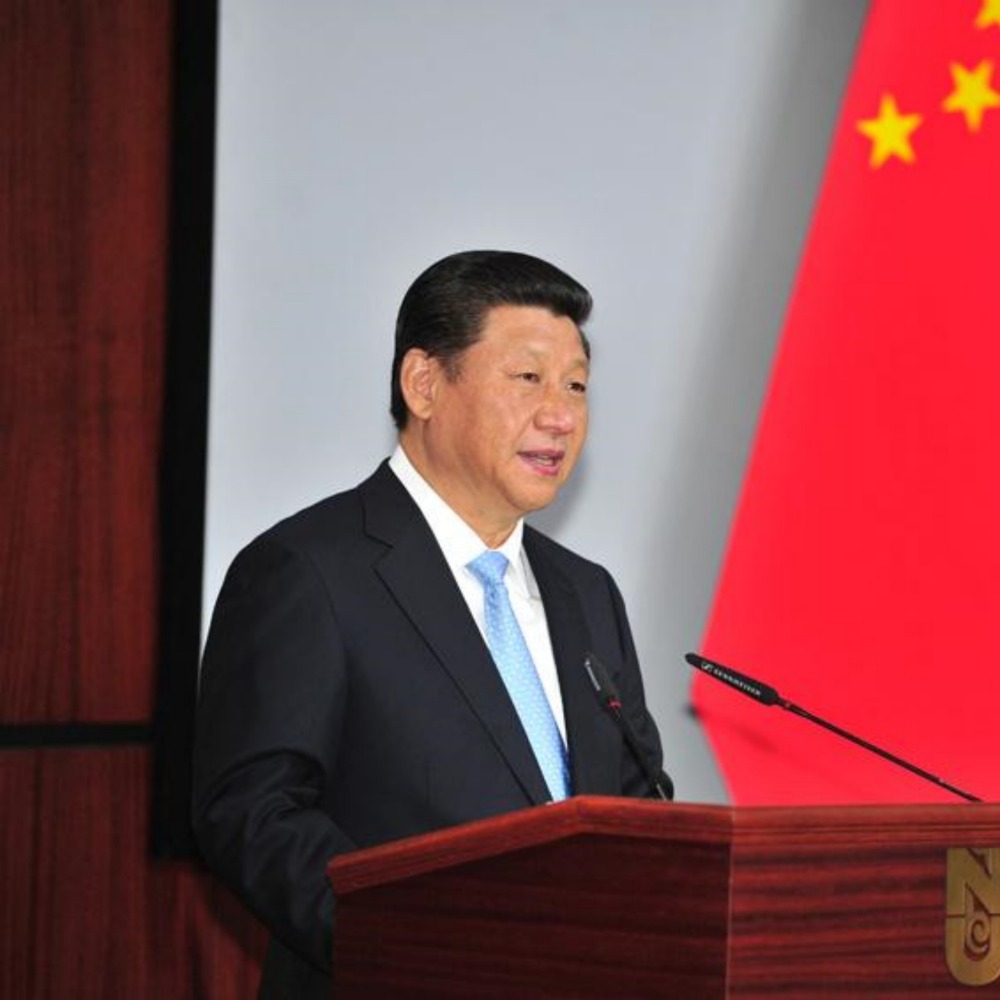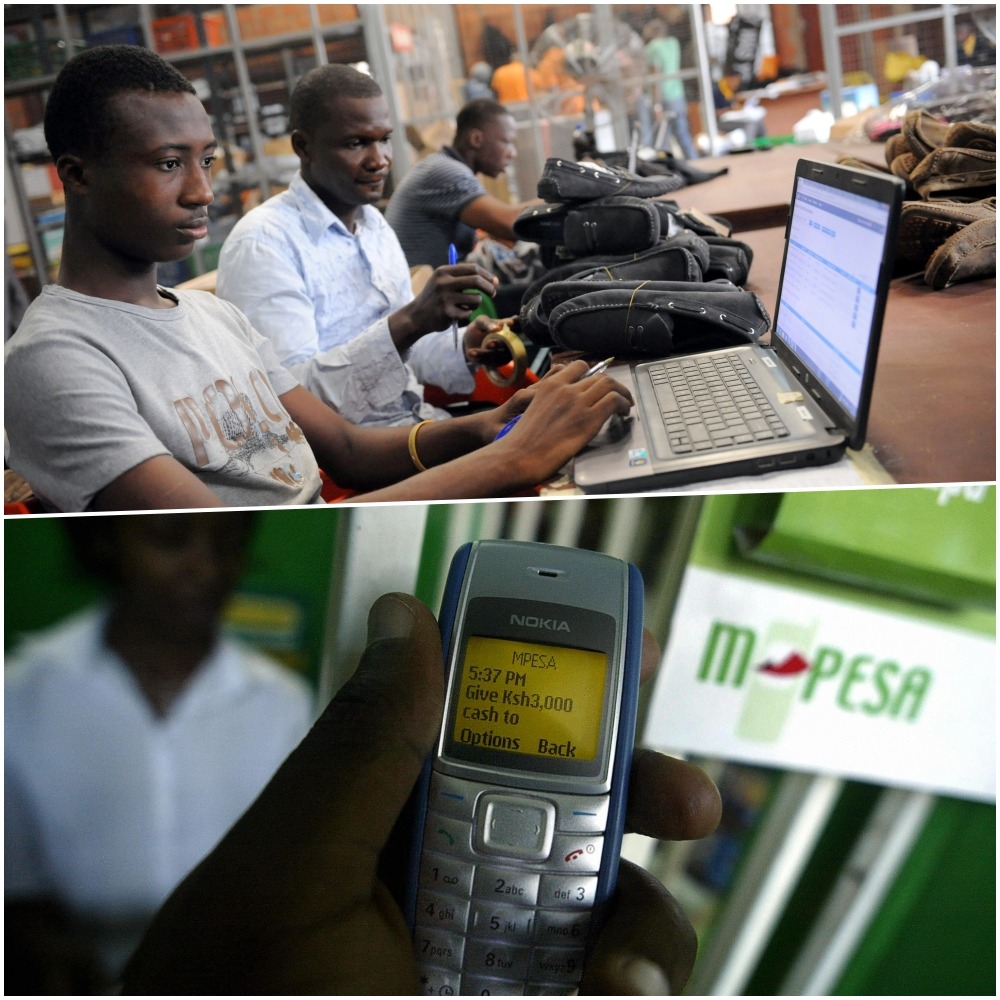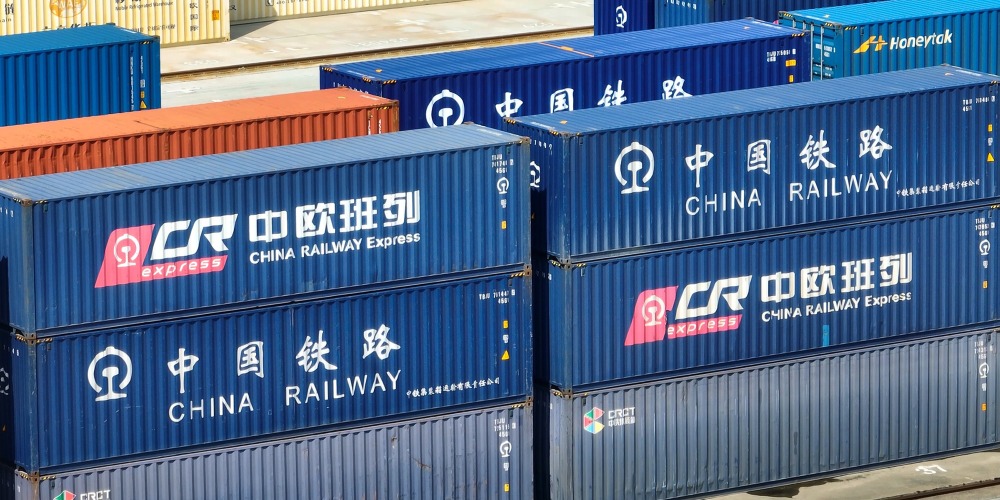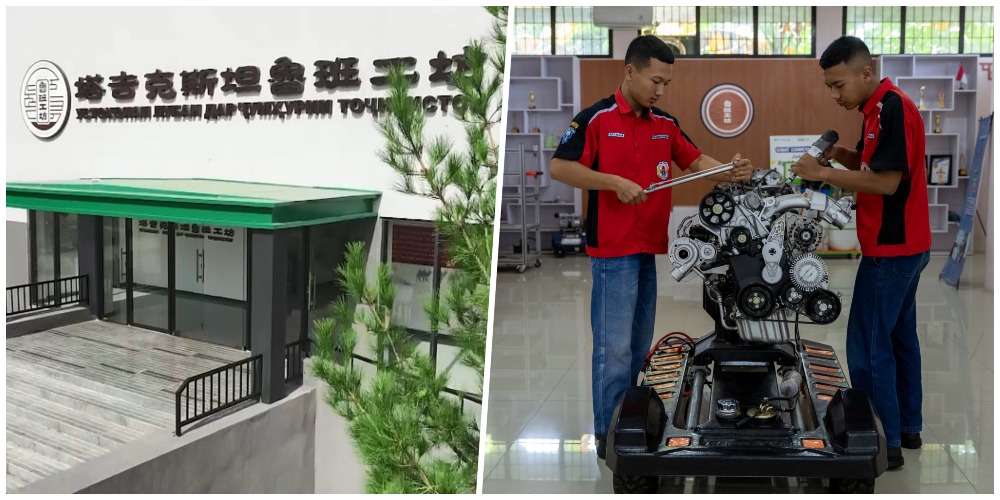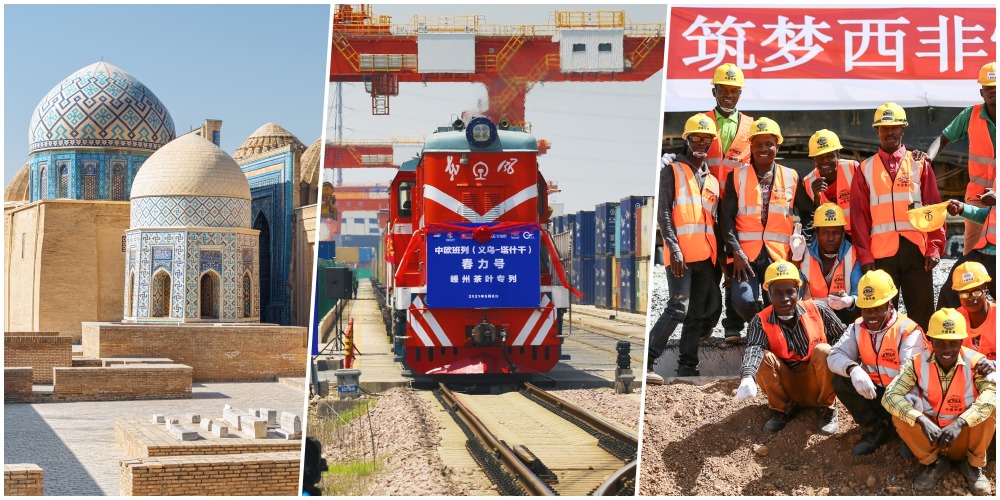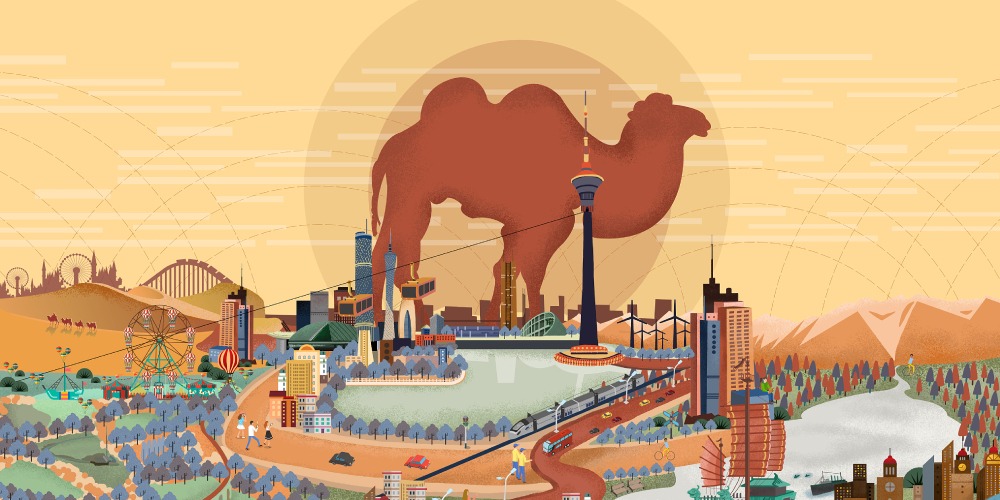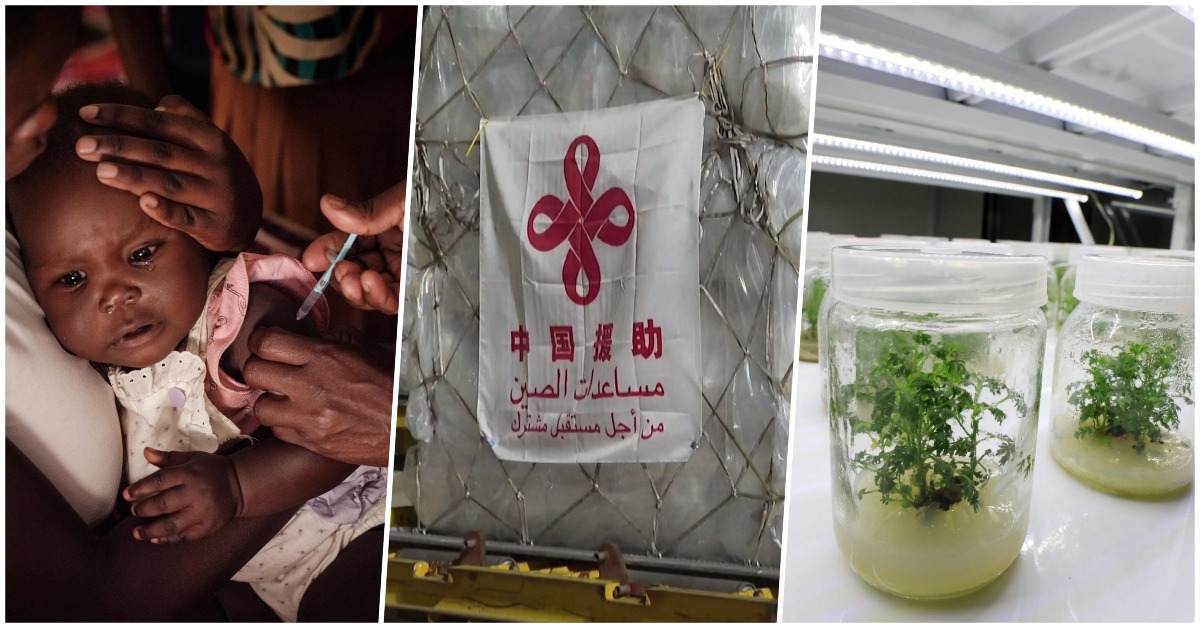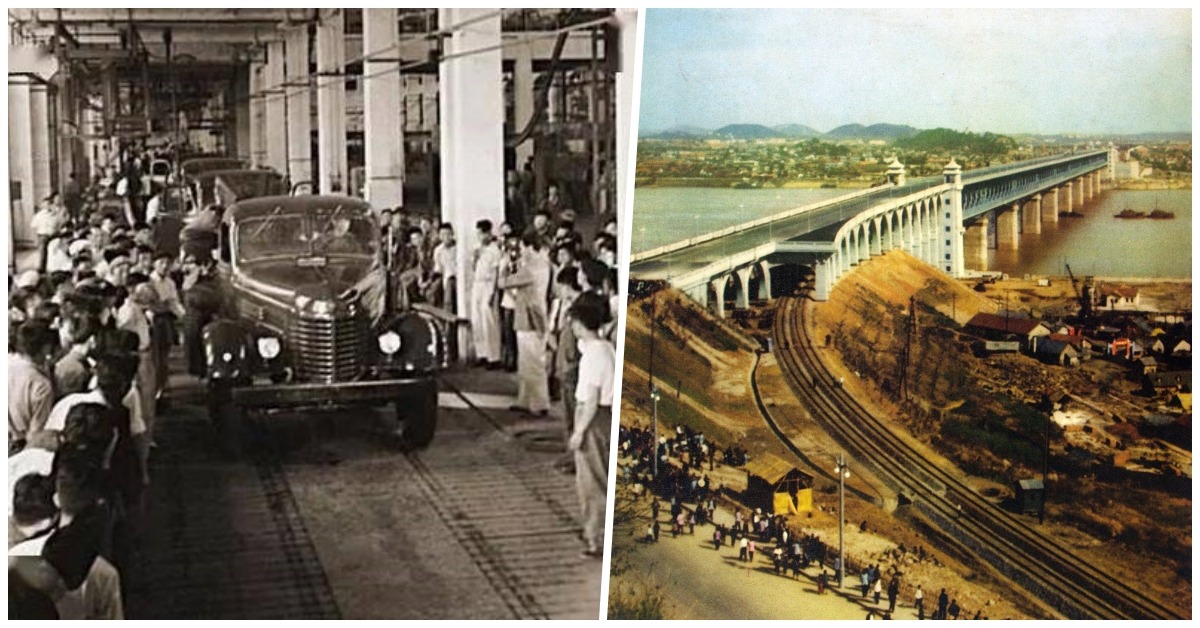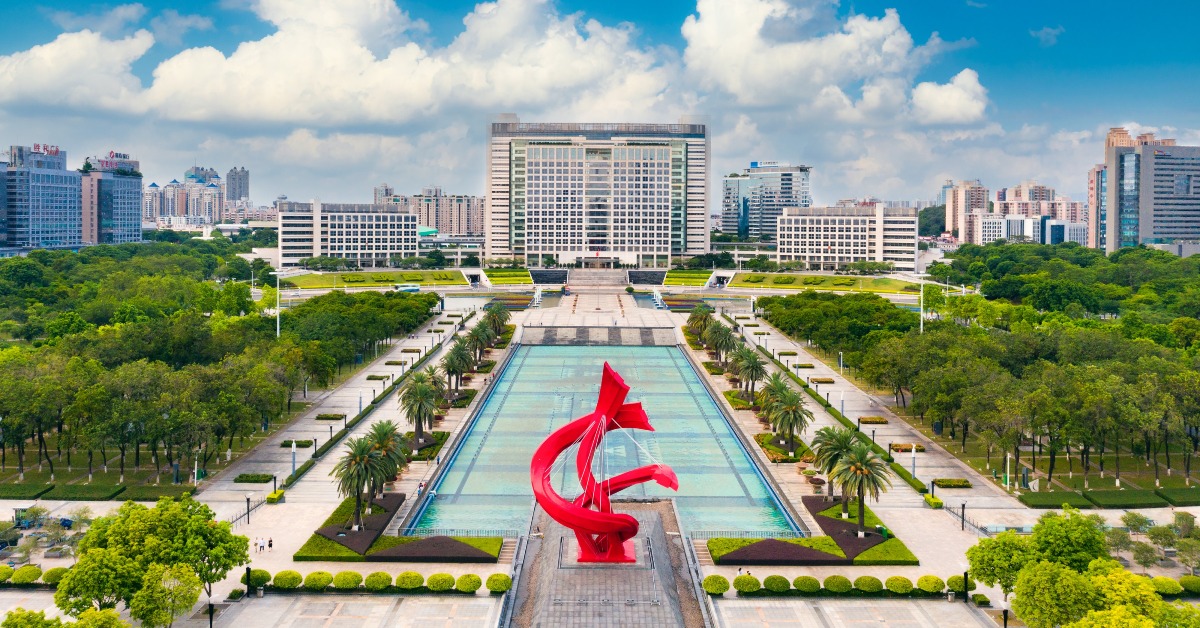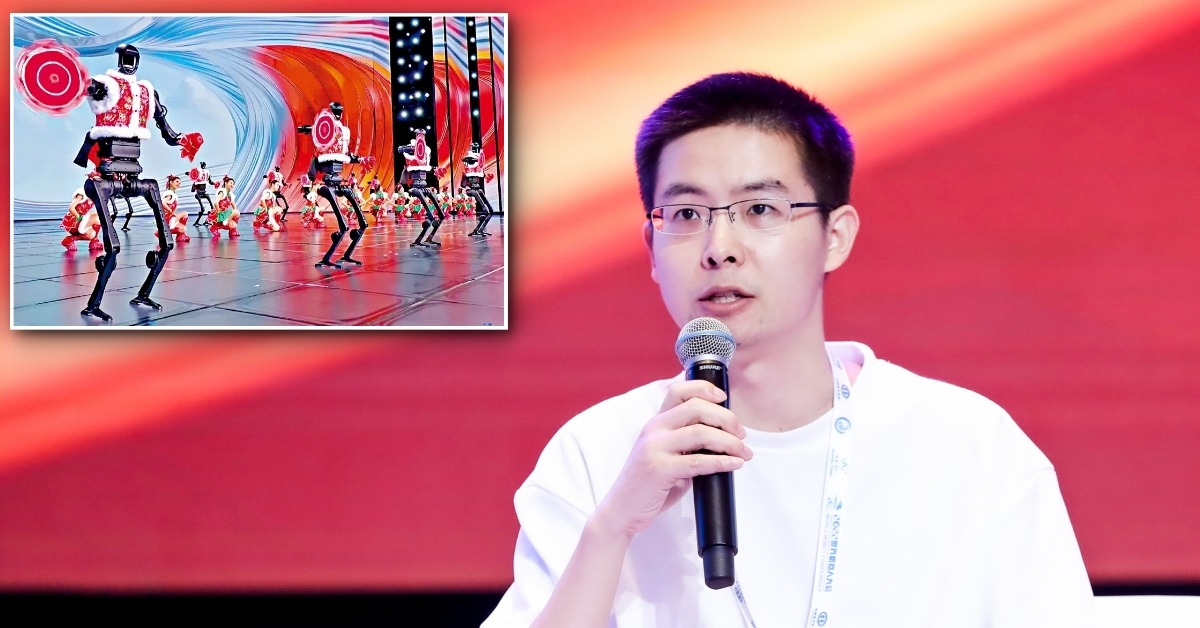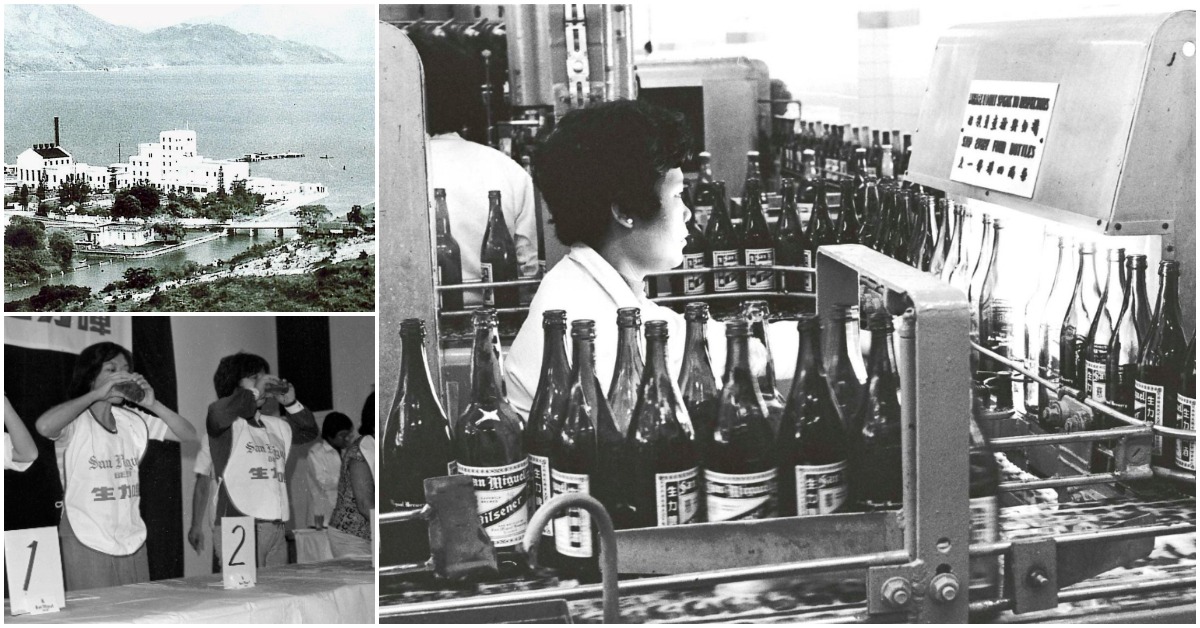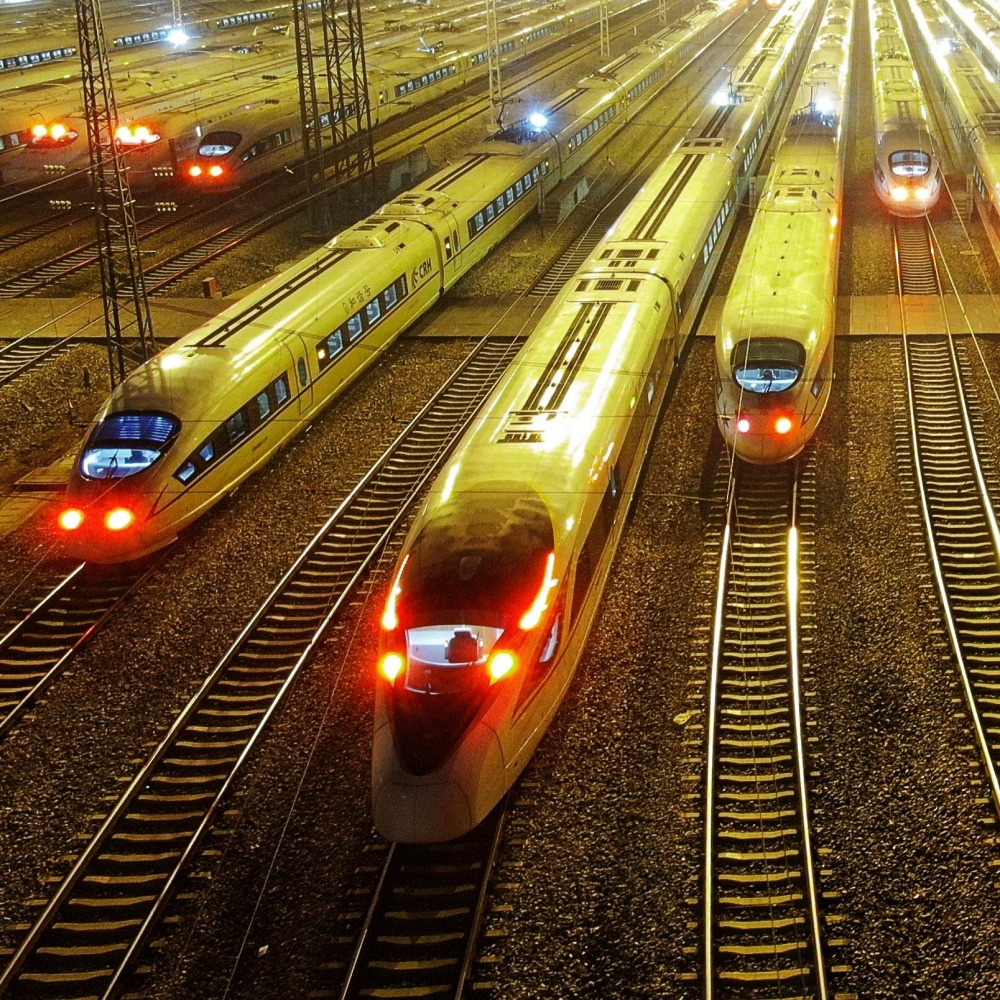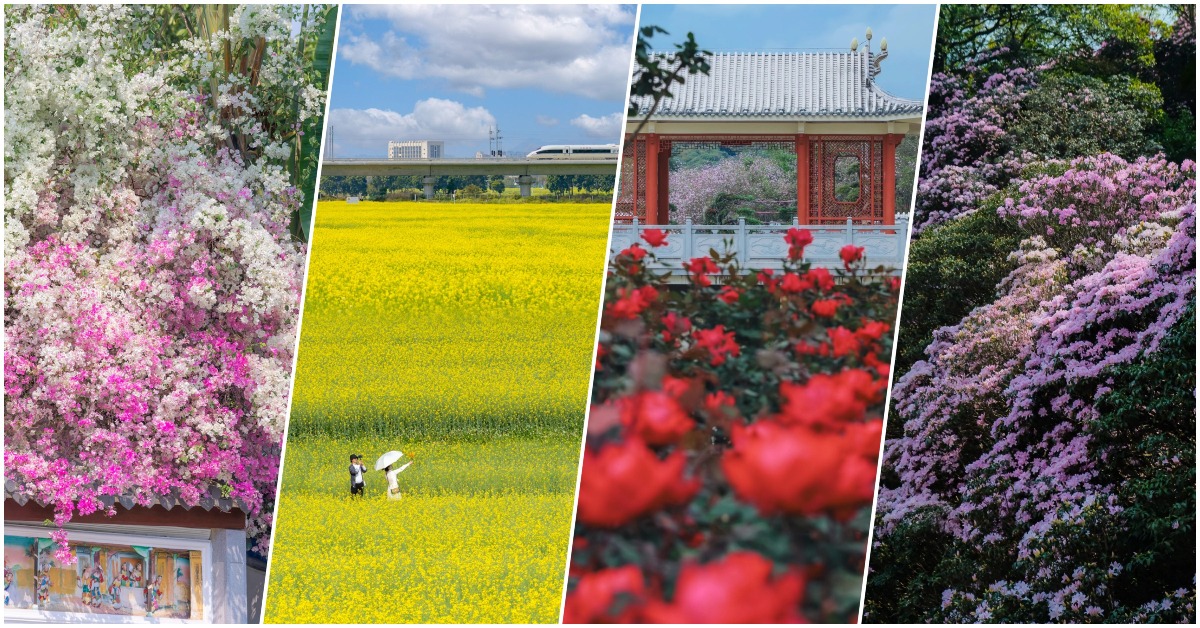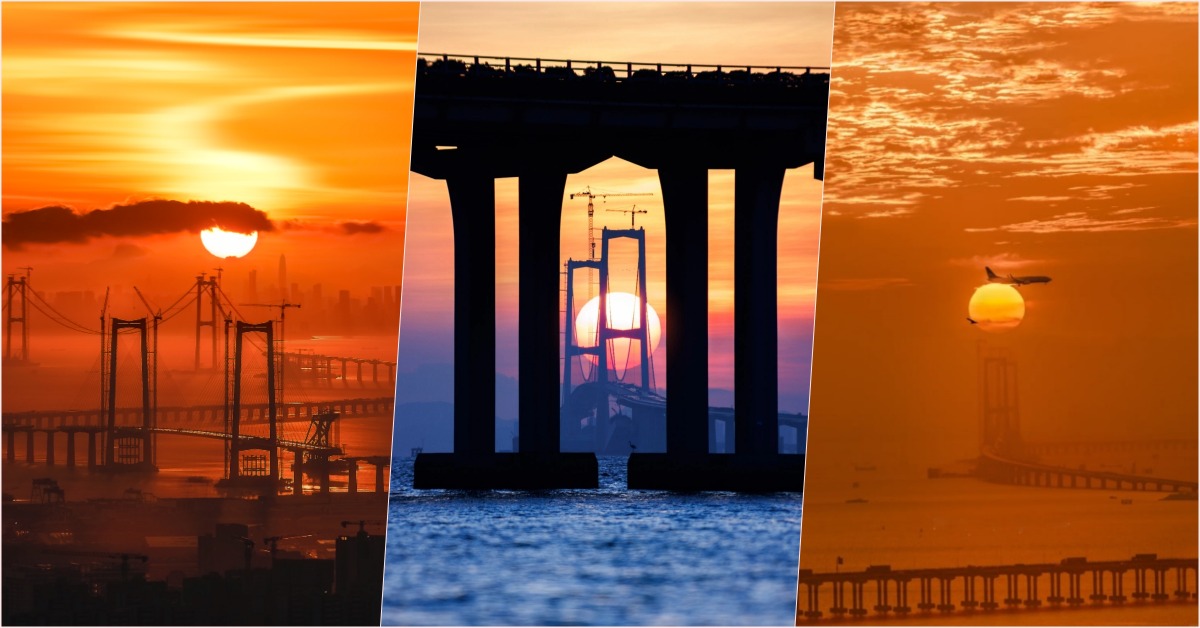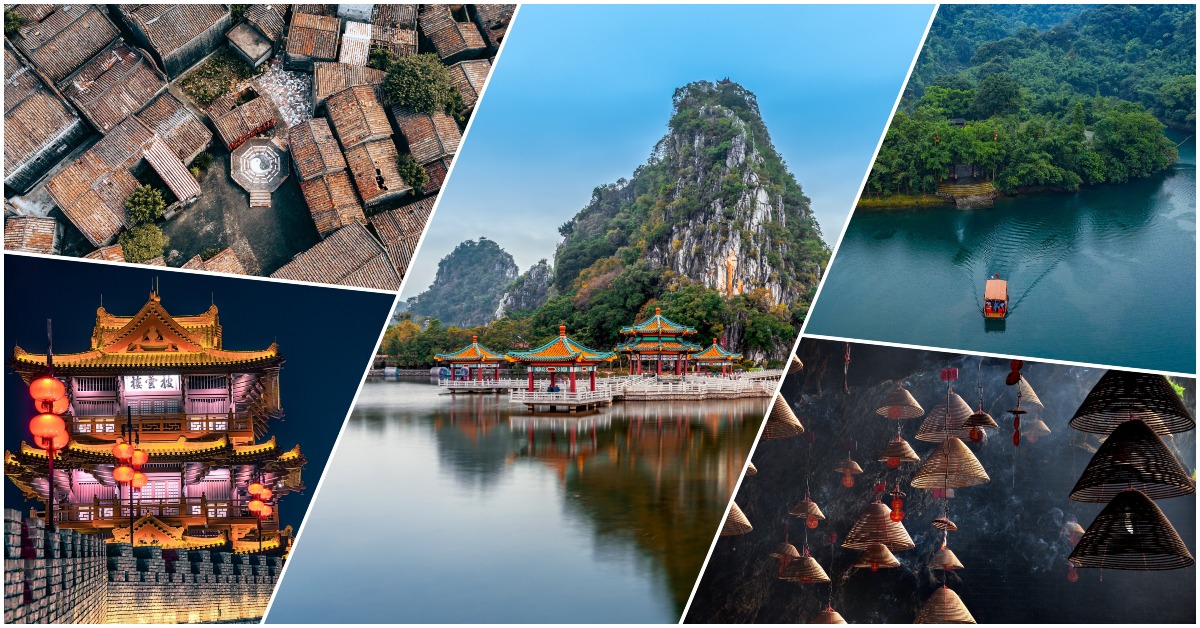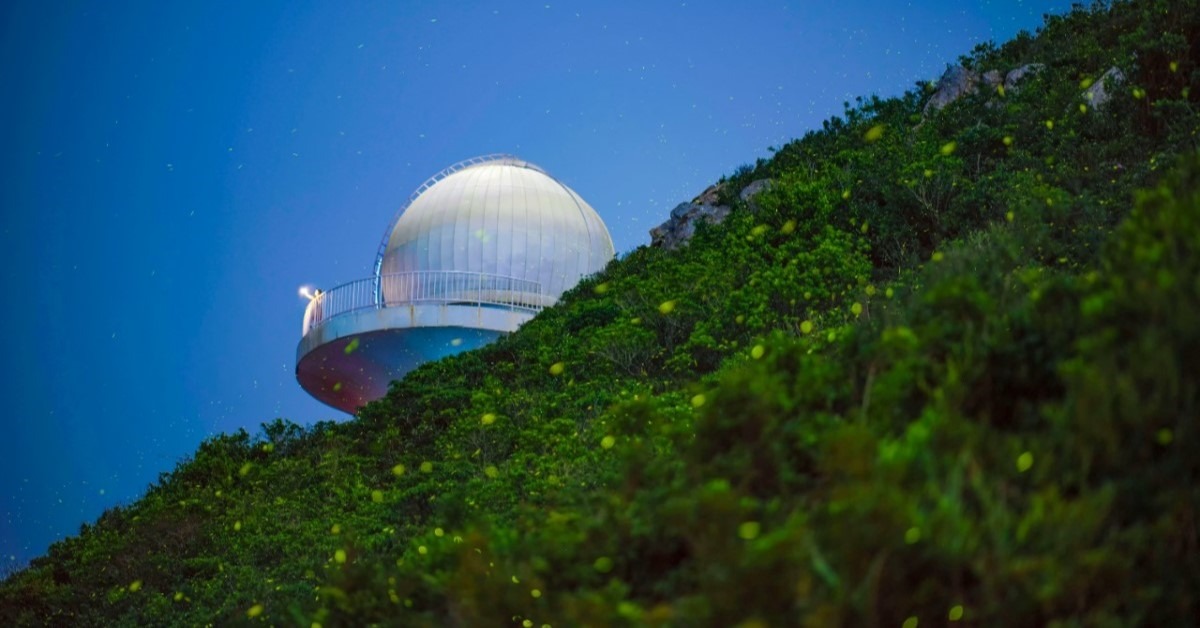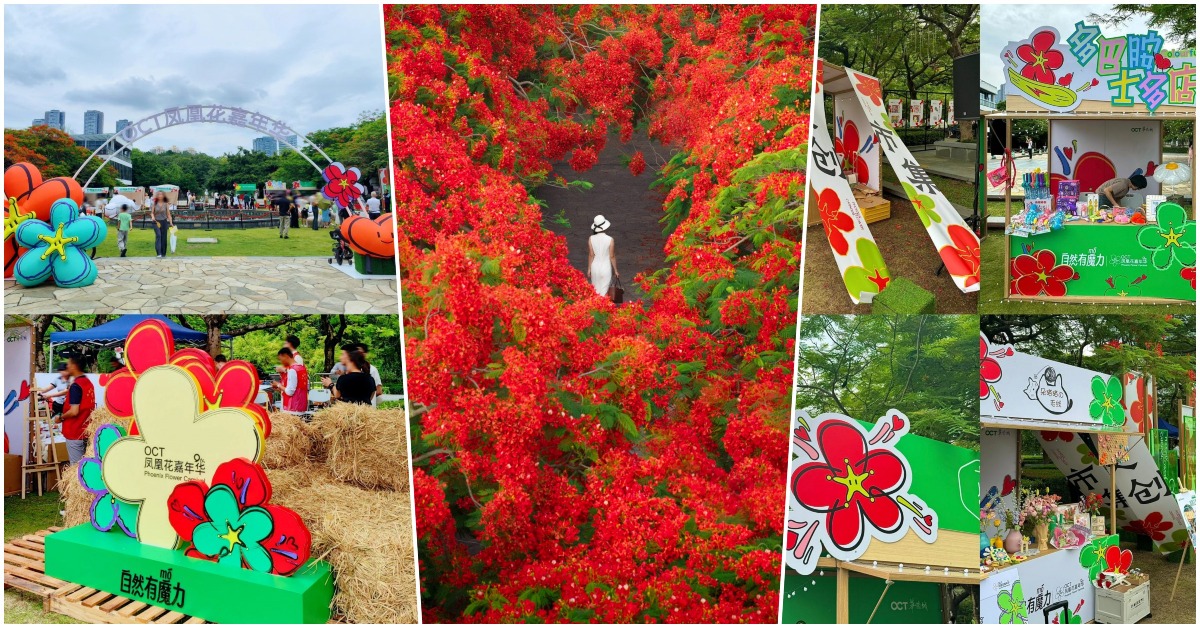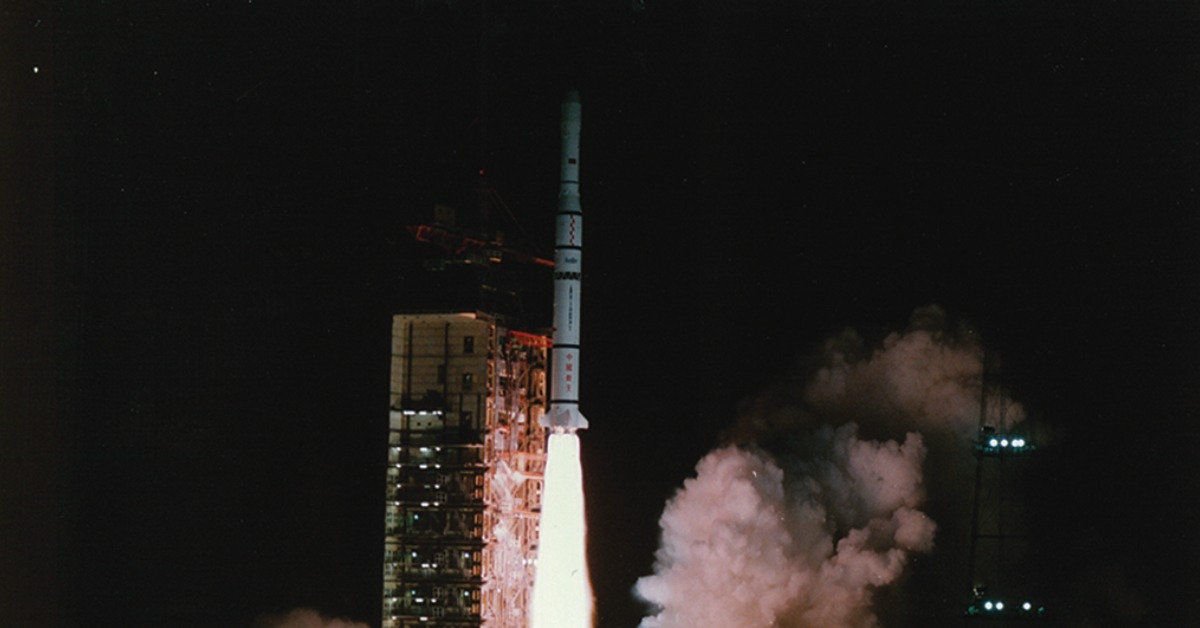Published : 2023-06-04
Since its proposal in 2013, the Belt and Road Initiative (BRI) has now marked its 10th anniversary. From a blueprint to today's reality, the BRI has manifested into tangible development for various countries and welfare for the people.
This article mainly introduces the milestone events of the BRI over the past 10 years.
BRI milestone 1: Announced by President Xi
In September 2013, Chinese President Xi Jinping first proposed the idea of building the "Silk Road Economic Belt" in his speech at Nazarbayev University in Kazakhstan, where he advocated an approach that develops "from points to surfaces, from lines to areas, to gradually form a large regional cooperation".
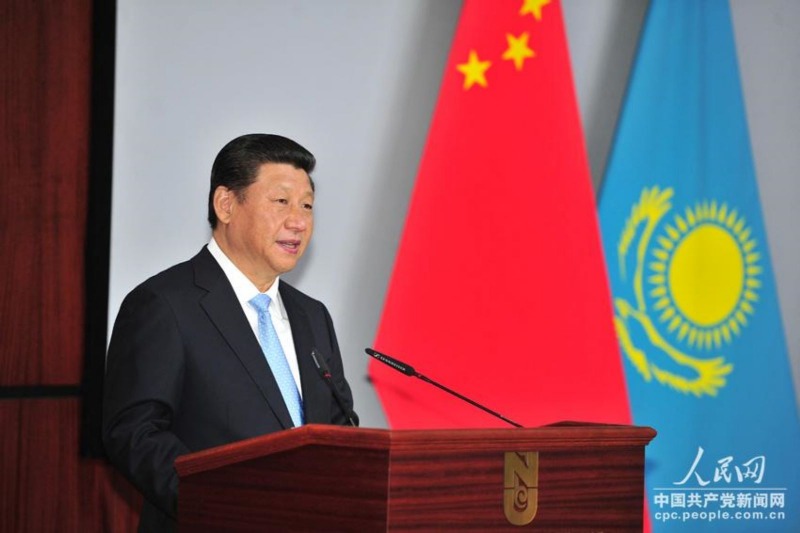
In October, during Xi's visit to Indonesia, he proposed the new concept of the "21st Century Maritime Silk Road" which opened the prelude of the "Belt and Road" construction.
In November of the same year, the BRI was upgraded to a national strategy.
BRI milestone 2: Silk Road Fund and AIIB
In 2014, Xi Jinping announced that China would invest 40 billion USD to establish the Silk Road Fund to provide investment and financing support for projects related to connectivity including infrastructure, resource development, industrial cooperation, and financial cooperation in countries along the BRI.
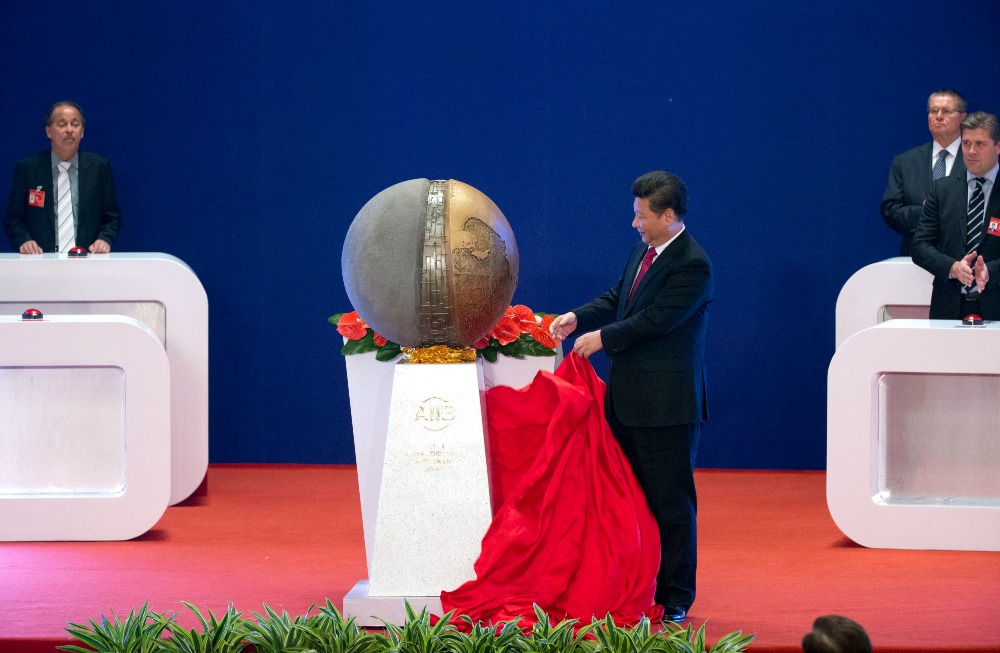
In December of the same year, the Silk Road Fund Co., Ltd. was registered and officially began operation in Beijing. In 2017, Xi Jinping announced an additional CNY 100 billion to the fund.
In 2015, the Asian Infrastructure Investment Bank (AIIB), co-founded by 57 countries, was formally established, becoming the first multilateral financial institution initiated by China.
BRI Milestone 3: Action plan released
On 28 March 2015, "Vision and actions on jointly building Belt and Road" was jointly issued by the National Development and Reform Commission, the Ministry of Foreign Affairs, and the Ministry of Commerce of China.
The vision and action plan interpreted the BRI from aspects like the background, principles, framework, cooperation priorities, and cooperation mechanisms.
BRI Milestone 4: Written into the UN Resolution
In September 2016, The Memorandum of Understanding (MOU) on Jointly Advancing the Construction of the Belt and Road between the Government of the People's Republic of China and the United Nations Development Programme was signed at the United Nations Headquarters in New York.
On behalf of the Government of China, the National Development and Reform Commission (NDRC) signed a Memorandum of Understanding (MoU) on the BRI with UNDP in September 2016.
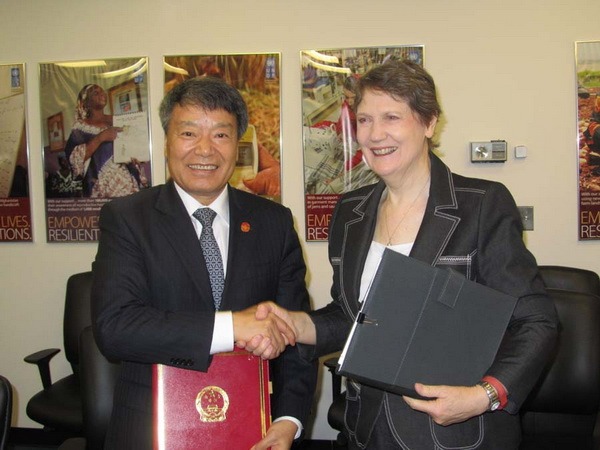
This is the first MoU on the BRI that has been signed between the Government of China and an international organisation.
On November 17, 2016, the BRI was for the first time written into the resolution of the 71st session of the UN General Assembly, which reflects the wide approval of the BRI by the international community.
BRI milestone 5: Belt and Road Forum for International Cooperation
On May 14 and 15, 2017, the Belt and Road Forum for International Cooperation was held in Beijing.
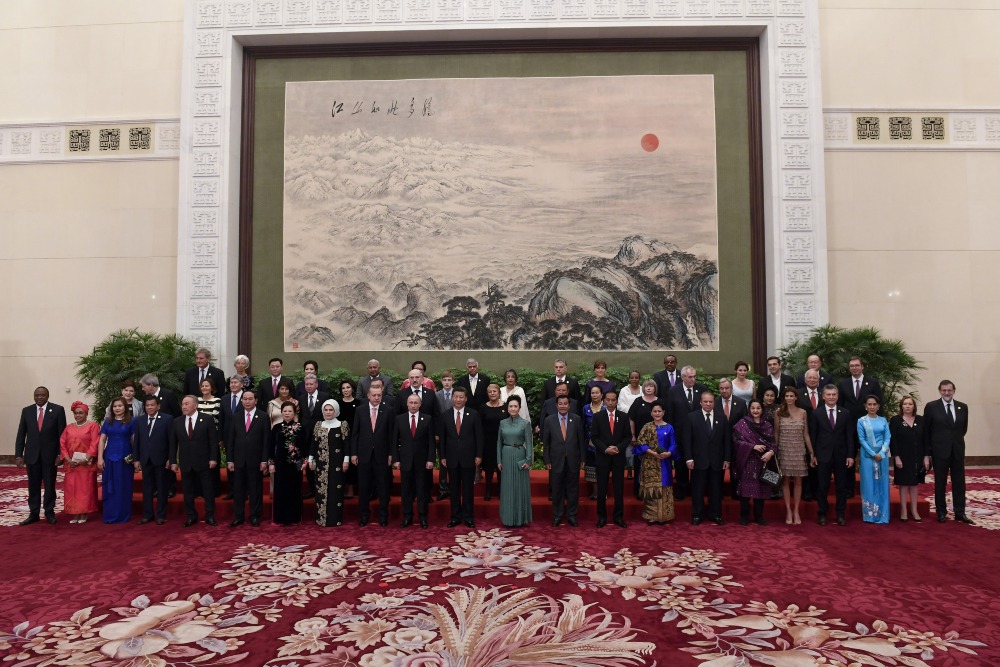
President Xi attended the opening ceremony and delivered a speech entitled "Work Together to Build the Silk Road Economic Belt and The 21st Century Maritime Silk Road".
More than 130 countries and over 70 international organisations sent representatives to attend the event, which was the largest-scale home-ground diplomacy event in China.
BRI Milestone 6: Landmark projects of Silk Road Economic Belt
The BRI comprises the Silk Road Economic Belt and the 21st Century Maritime Silk Road.
The Silk Road Economic Belt opens to the west on land and builds international arteries and economic cooperation corridors with a series of landmark infrastructure projects, which leads Chinese technology and equipment to go abroad.
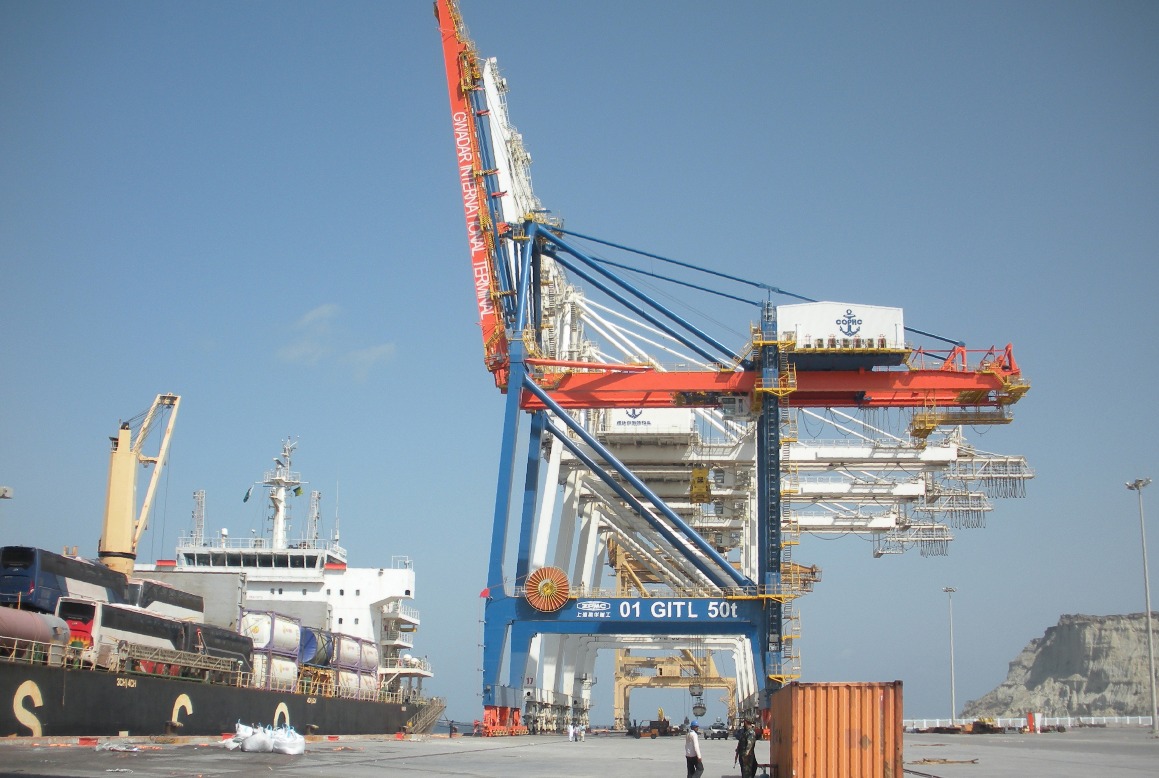
On April 20, 2015, during Xi Jinping's visit to Pakistan, China and Pakistan established a "1+4" co-operation framework centred on the China-Pakistan Economic Corridor (CPEC) project and focusing on Gwadar Port, transport infrastructure, energy and industrial cooperation.
The CPEC is regarded as a "century milestone" of the BRI.
The Mombasa-Nairobi Railway in Kenya, which connects Kenya's Mombasa and Nairobi and opened in May 2017, was built using Chinese standards, Chinese technology, and Chinese equipment.
It was the first railway built in Kenya since its independence, accelerating local modernisation and being seen as a model route for the joint construction of the Belt and Road between China and Africa.
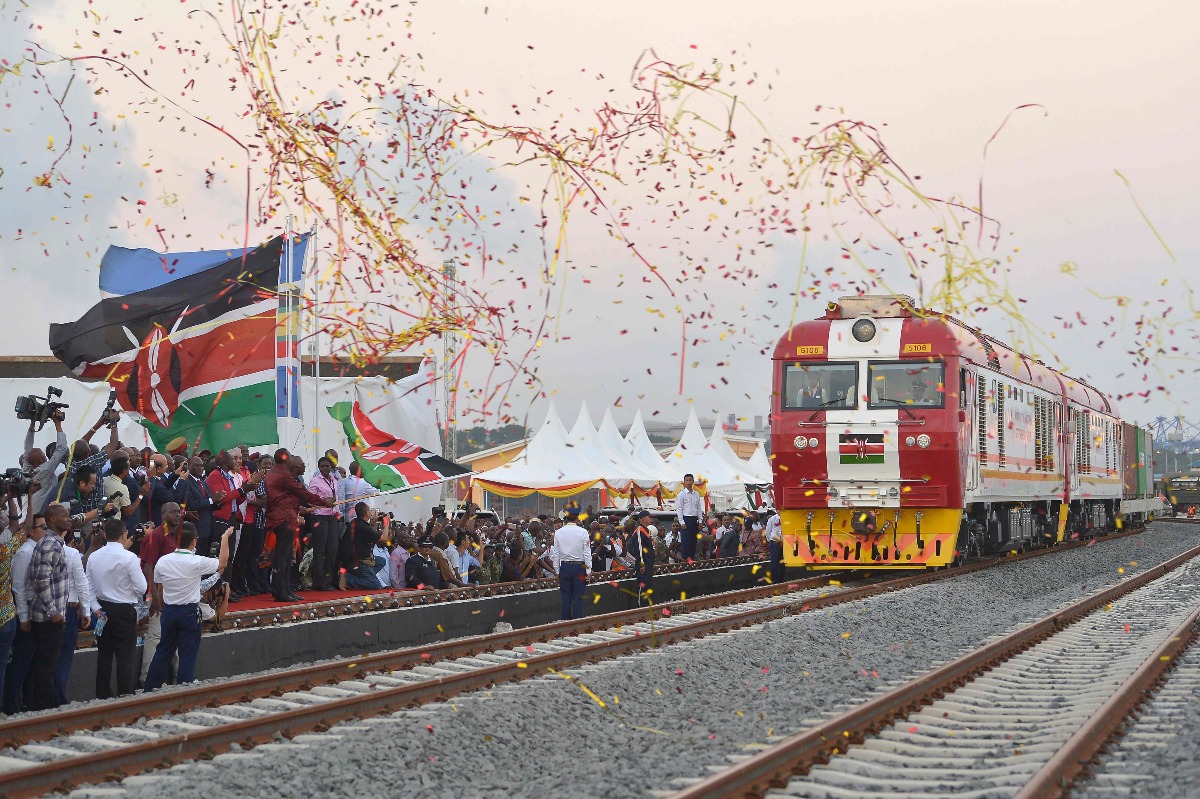
The China-Laos railway, which opened in 2021, is another landmark project of BRI.
The railway connects Kunming in China to the capital of Laos, Vientiane, spanning 1,035 kilometres, which is an important part of the cross-border railway network between China and Southeast Asia.
BRI milestone 7: Landmark projects of 21st century Maritime Silk Road
The 21st Century Maritime Silk Road opens to the West by sea, passing through Southeast Asia, South Asia to the Indian Ocean, and extending to Europe, with major ports along the route functioning as nodes for large transportation channels.
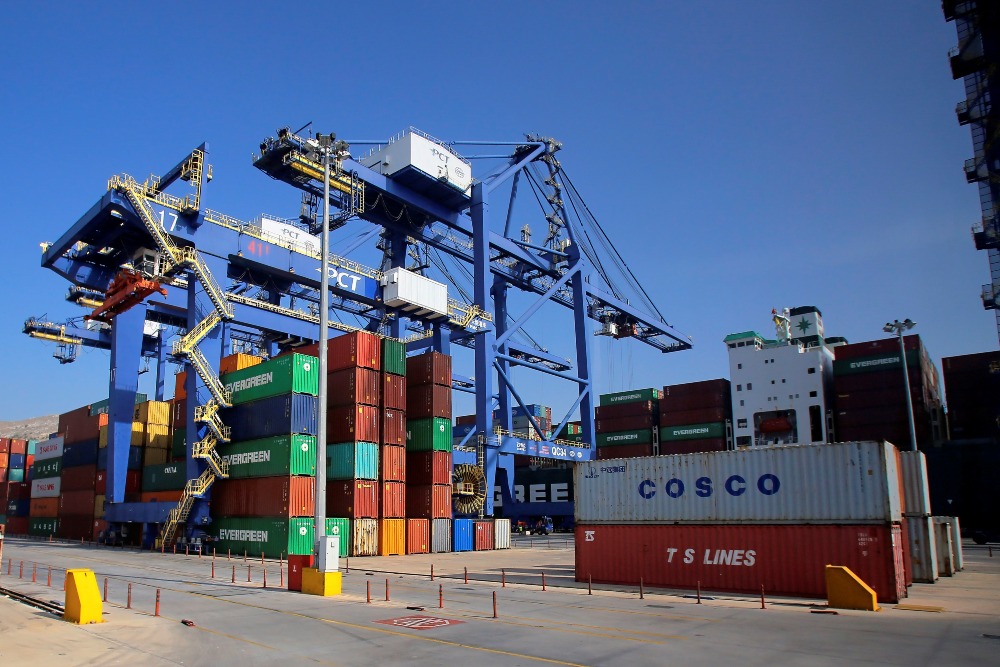
Piraeus Port in Greece, is regarded as a landmark project in the joint construction of the BRI between China and Europe.
COSCO Shipping Group, a Chinese shipping services provider, successfully won the tender to take over the operation of the port in 2016, which has now become the largest port in the Mediterranean and the gateway to China-EU trade.
In 2018, Greece became the first developed country in Europe to sign a memorandum of understanding on the BRI cooperation with China.
BRI milestone 8: "Circle of friends" expanding
With the "Belt and Road" covering Europe, Asia, America, and Africa, as of January 2023, China has signed over 200 cooperation documents on jointly building the BRI with 151 countries and 32 international organisations.
Read more: Belt&Road|Green Silk Road: China's efforts to achieve sustainable development
Read more: Belt&Road|China's Digital Silk Road solution
